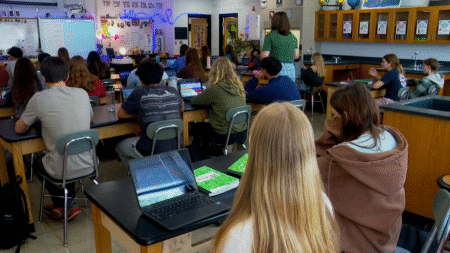The Sustainable Development Goals (SDGs) are a set of 17 global objectives established by the United Nations to address some of the world’s most pressing challenges. Adopted in September 2015 by all 193 UN member states, the SDGs form the core of the 2030 Agenda for Sustainable Development. These goals represent a universal call to action to end poverty, protect the planet, and ensure prosperity and peace for all people by the year 2030.
Each of the 17 goals is aimed at solving a key area of global concern. These include eradicating poverty, eliminating hunger, ensuring quality education, achieving gender equality, and promoting good health and well-being. Other important goals focus on clean water and sanitation, affordable and clean energy, decent work and economic growth, industry and innovation, and reduced inequalities. Additionally, the SDGs target sustainable cities, responsible consumption, climate action, and the protection of life below water and on land. Two goals emphasize building peaceful societies and forming strong global partnerships to drive the entire framework forward.
The SDGs are designed to be universal, applying equally to all countries—regardless of economic status. They are also integrated, meaning progress in one goal supports progress in others. For example, improving education (Goal 4) contributes to better economic growth (Goal 8), and promoting clean energy (Goal 7) helps address climate change (Goal 13). The aim is to ensure no one is left behind and that everyone, everywhere, benefits from sustainable progress.
To monitor progress toward these goals, the UN established a detailed measurement system. There are 169 specific targets and over 230 indicators used to track advancement in each area. Governments, NGOs, civil society organizations, and businesses contribute data and reports, and countries voluntarily present their achievements and challenges through Voluntary National Reviews (VNRs) during the annual High-Level Political Forum.
The implementation of the Sustainable Development Goals requires collaboration at every level. Governments are responsible for integrating the goals into national policies and development plans. The private sector contributes by adopting sustainable business practices and investing in green innovation. Civil society groups and NGOs work on grassroots implementation, while individuals are encouraged to make everyday choices that align with the SDGs, such as reducing waste, supporting local economies, and raising awareness.
Despite the ambition and widespread support for the SDGs, many challenges remain. Ongoing conflicts, global economic inequalities, environmental degradation, and the COVID-19 pandemic have slowed or reversed progress in several areas. Climate-related disasters are increasing in frequency and intensity, threatening food security and livelihoods. In many regions, marginalized communities still lack access to basic services such as clean water, education, and healthcare. Financing remains a major hurdle, with funding gaps making it difficult for some countries to fully implement SDG-based initiatives.
However, the global commitment to the Sustainable Development Goals remains strong. These goals serve as a comprehensive guide for building resilient societies and creating a fairer, healthier, and more sustainable world. The SDGs are not only a government responsibility but a collective mission that includes the participation of all sectors of society. Whether through small-scale community projects or multinational partnerships, every effort counts toward the 2030 vision.
By focusing on long-term outcomes rather than short-term gains, the Sustainable Development Goals offer a path forward that balances economic growth with environmental protection and social inclusion. They represent a shared vision of progress that respects both people and the planet. As 2030 approaches, continued global cooperation and commitment will be essential to transform these ambitious goals into lasting, measurable improvements in the lives of billions.







